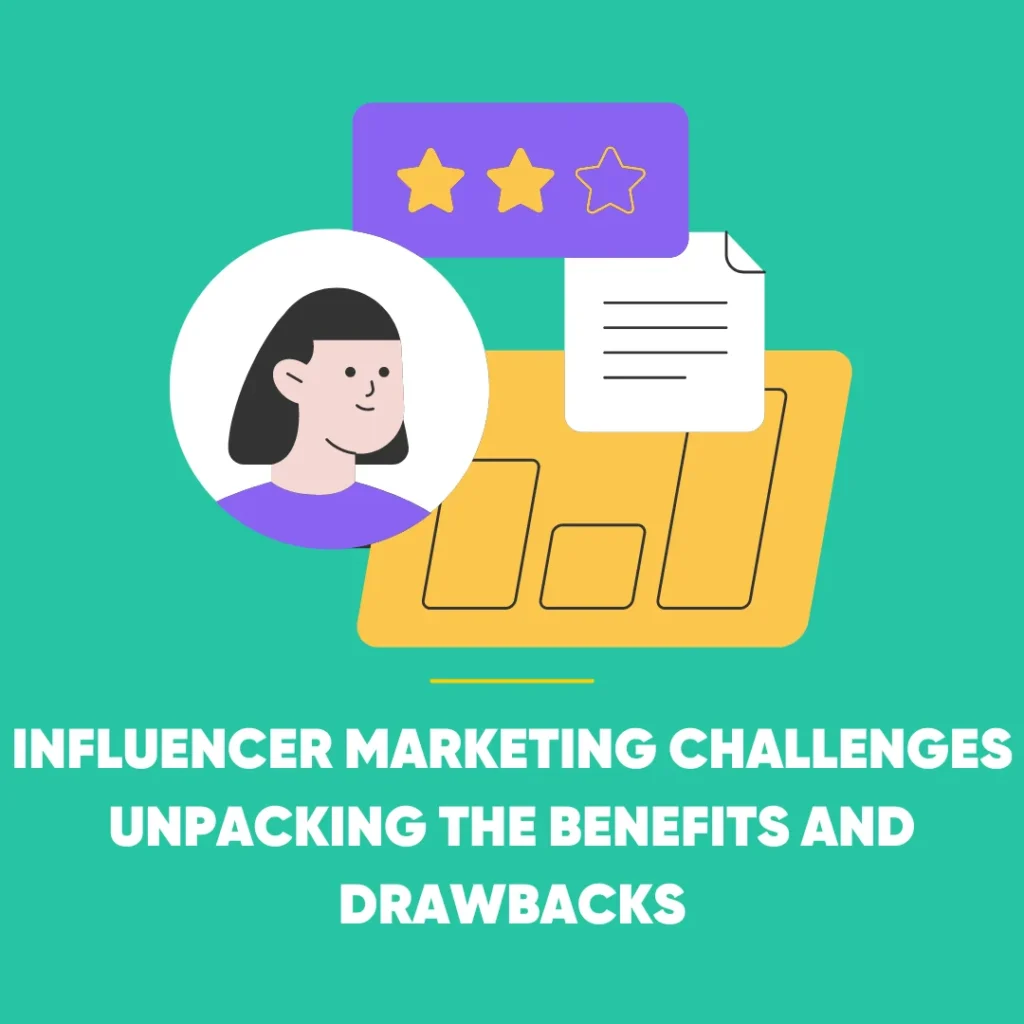Social media is a powerful tool for increasing reach and engagement. A good content strategy will help you better engage with your customers, find new audiences, and drive people to take action.
Understand the basics of social media
Before you start going off and creating social media content, it’s important to understand the basics.
Social media is a great way for businesses to reach their audience. However, most people don’t realise that social media is more than just posting content. It’s also where people interact with each other and where they find influencers. Plus like-minded individuals who share their interests or engage in similar activities.
Define your objectives and goals.
The first step to crafting a social media content strategy is defining your objectives and goals. You want to be sure that you’re focused on the right things, and that you’re not wasting time. Don’t energy on things that don’t matter.
For example, if your goal is to increase sales of dog treats by 10% by the end of 2020, it might seem like a good idea to focus on “sales” as one of your priorities even though it’s not directly related to social media. But before devoting resources to this goal, you should make sure that it aligns with what your target audience wants and needs from your brand. If they are already buying dog treats from other brands online (or if something else in their lives has changed), then focusing on sales might not be worth the effort!
The key thing here is ensuring that whatever goals you set are realistic—otherwise they’ll just be frustratingly unhelpful or lead nowhere at all. Setting ambitious yet attainable goals allows us -and our followers-to feel accomplished while also encouraging future success!
Define your audience.
A content strategy is an exercise in understanding your audience. It’s vital to know who they are and what they like, so you can craft a message that resonates with them. Here’s how:
- Who will your strategy target? How many people are in this group?
- What are their interests? What do they care about and spend their time reading about?
- Who are their influencers (people who influence the decisions of others)? When it comes down to it, who has influence over your audience members’ purchasing habits or opinions about your industry or brand?
- What pain points does this group of people have that you can solve with your product or service? You may already know what these pain points are—but at least consider whether everything is working as intended. If not, there’s an opportunity for improvement!
Develop a content calendar.
A content calendar is a plan for your social media content. It helps you plan what you will post, when you will post it and where you will post it. This can be done by using a simple excel spreadsheet or something more in-depth like Hootsuite.
The key to a successful content strategy is consistency which helps build trust with your audience and shows that you are an authority in your industry. If people know what they can expect from a brand, then they are more likely to follow them on social media platforms.
Share content at the right time of day.
In order to do this, you need to figure out what time of day your audience will be online. For example, if you are trying to promote a new product or campaign, the best times would be at lunchtime or in the evening. In order to determine when your followers are most active on social media, use an analytics tool such as Byter Studio . This tools track how many people have seen each post and how many clicks it received. Then compare this information with data from other social networks such as Twitter and Facebook so that you can get an idea of when most of your followers log on.
Decide which social network to use.
The first thing to do is decide which social network is the right fit for your brand. The answer to this will depend on your business objectives, audience, budget, and time frame. The following information can help guide your decision-making process:
- At a minimum, you should have a presence on LinkedIn and Facebook. Both are very popular networks with large audiences that tend to be more professional than other platforms like Instagram, Twitter or Pinterest. Other sites like Twitter and Instagram also have broad reach but may not be appropriate for every company’s goals. For example, if they’re looking at building brand awareness rather than sales. Still others like Google have niche appeal but are much less widely used today than they once were. And finally there’s Pinterest, which has gained popularity among younger users for its visual appeal but may not be appropriate for everyone due in part because it doesn’t allow links back out of itself.
Create multiple points of access to a single piece of content.
In order to make your content easy for readers to find and read, it’s important to provide multiple points of access. This means sharing the same piece of content on multiple social networks, as well as creating different types of content that will appear in different places.
Don’t just share a single link on Twitter; post a link to an article, embed that article into a tweet (and include images), create a video using screenshots from the article, or post an image with text overlayed on top.
There are many ways you can share your content across platforms: email newsletters; Facebook groups/pages/groups; LinkedIn Groups/Pages; Pinterest Boards; Instagram Stories with images attached under them (hashtags). It all depends on what works best for your business goals and audience demographics.
You can use a few different strategies to meet your goals with social media marketing
You can use a few different strategies to meet your goals with social media marketing:
- Use a variety of content types. You’re going to need a mix of text-based content, audio or video content, and even interactive components like quizzes or polls.
- Use a variety of social media platforms. Different platforms have different demographics, so it never hurts to try out new ones if you think they might be relevant for your audience. Most marketers recommend starting with Facebook and Instagram as they have the highest user bases (at least 2 billion users). You should also consider using Twitter and LinkedIn if they align well with your brand or business goals (1 billion+ each). If you’re looking for something more visual than text-based posts, then Pinterest might be worth checking out as well—it has over 500 million active users per month! Don’t forget about lesser-known platforms like Tumblr (150 million+) and Reddit (330 million+).
If there’s no good reason not too then definitely do so; just remember that not all tactics are effective across all channels.”
Conclusion
Social media is an important part of any marketing strategy, and it’s important to develop a social media content strategy that meets your goals. If you do this well, you can reach more people at the right time of day and with relevant content that will help them engage with your brand. This doesn’t mean that every piece needs to be overly promotional though—in fact, sharing interesting stories or videos from other sources may lead your audience to see what you have to offer as well!








